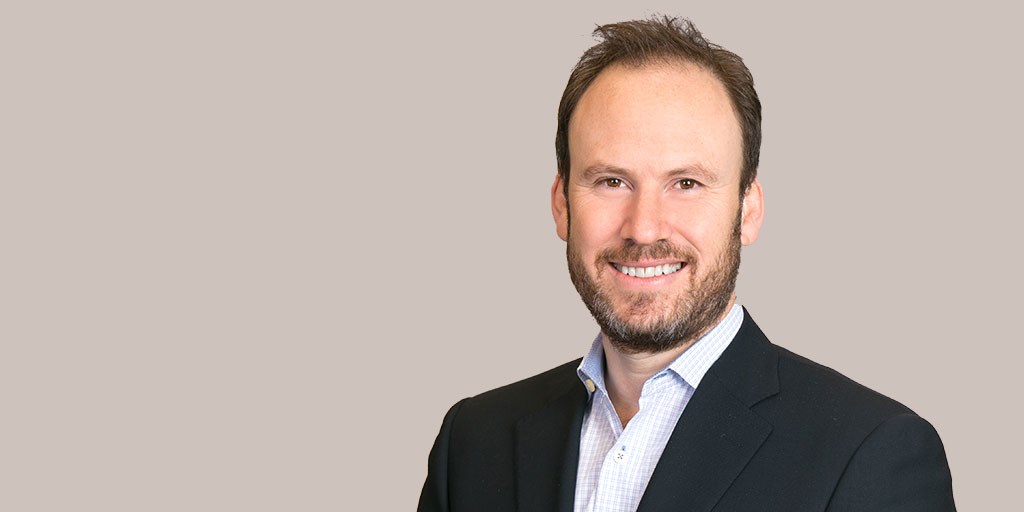Dr. Philip Settimi’s approach to dealmaking was largely forged right after medical school during a four-year stint with GE Healthcare Information Technologies.
“The obligation of each of its operating leaders was thinking about what’s the path to becoming a billion-dollar business,” Settimi says. “More than M&A, it was about thinking like a growth leader. Sometimes you’re in a market that can support substantial organic growth. We’re in that market today with PartsSource.”
Settimi sees quite a bit of organic growth after closing a deal last year to sell Aurora-based PartsSource to Great Hill Partners. The medical replacement product provider serves more than 3,000 hospitals and more than 12,000 clinical sites around the world. The $200 million business has been growing at about 20 percent each year and Settimi, who remains the company’s president and CEO, expects that pace to accelerate in the years ahead.
Smart Business Dealmakers spoke with Settimi about the approach he took to negotiate the sale and why he is more focused on organic growth right now than acquisitions.
How did you manage the numerous partners who helped negotiate the deal with Great Hill Partners?
In order to deliver a great finish, you have to be really well prepared at the start. We selected our banking and legal partners, Baird and Jones Day, respectively, in the fall of 2016 to make sure we had our ducks in a row on documentation, a good understanding of the process we were planning to run and good preparation of the board given the diverse shareholder base. We were going to use that time through year end to get locked and loaded.
Every deal is a little bit different and it can be more art than science. It’s really about honest communication about the needs of each constituent. Oftentimes, that can take partners and third parties to flesh that out. You’re really trying to expedite the issues to the forefront so they can be put on the table and dealt with so you can get a very successful deal over the finish line. But you can run the risk of the legal team plowing through mounds of paper work, the banking team plowing through its deal process and no one really looking up to notice that the car had veered off the road a bit. We weren’t actively managing a set of issues that could disrupt a deal at the end. That takes careful focus, less so on the deal than on the deal ecosystem.
What factors come into play when selling a founder-owned business?
We had a terrific founder in Ray Dalton. He’s been a very successful serial entrepreneur who recruited me into the CEO role and transitioned to chairman at the time. That’s a delicate transition and balance and one that he led exceptionally well. At the same time, I as CEO and we as the deal team needed to be mindful that even though he was not staying with the company going forward, being mindful and respectful of those core issues is as important on the way in and it is on the way out.
What are key things that need to be done after a deal closes?
A tremendous amount of energy is expended to get a deal to the finish line, after which time, much of that team goes away. The employee base is often left feeling the least comfortable and the least educated. It’s the broad employee base that isn’t thinking about investment theses or LLC structures or anything we had spent the prior six months focused on. We set up a town hall with key staff in the first few weeks to share the process of how we got here.
We introduced Great Hill, talked about their experience, their culture and their history of success and they shared a little bit about their process. Specifically, they’ve been actively monitoring 500-plus companies in health care technology. They’ll meet with about 50 of them. They’ll do about five deals. Sharing with our employees that they built a company that represented the top 1 percent of businesses in the U.S. was a great moment of recognition.
As important as navigating the ecosystem required to get to a deal done is thinking about the changing ecosystem required to make that deal successful. It may be slightly different constituents, but it requires as much focus and discipline in curating the needs of that group.
How much of your time is spent exploring potential M&A activity?
More critical than looking for the next deal is looking at what your customer needs are and how you can achieve optimized growth in the market that you reside in. You have to be really comfortable and really flexible at navigating whether organic growth, inorganic growth or partnering are the right levers to pull at the right time. Right now, we’re in a great period for organic growth. There will be a day when acquiring a larger portfolio of solutions for hospital providers and supply partners makes good sense. But right now, we are more focused on organic and strategic partner-type opportunities.
The core investment thesis is really about accelerating what we’re doing today. PartsSource helps to streamline the access and distribution of mission critical goods and services via a single-sourced cloud-based procurement platform. This deal is about adding more resources, generating more market awareness for our solution and really maximizing the impact we can have in health care.
How to reach: PartsSource Inc., www.partssource.com




